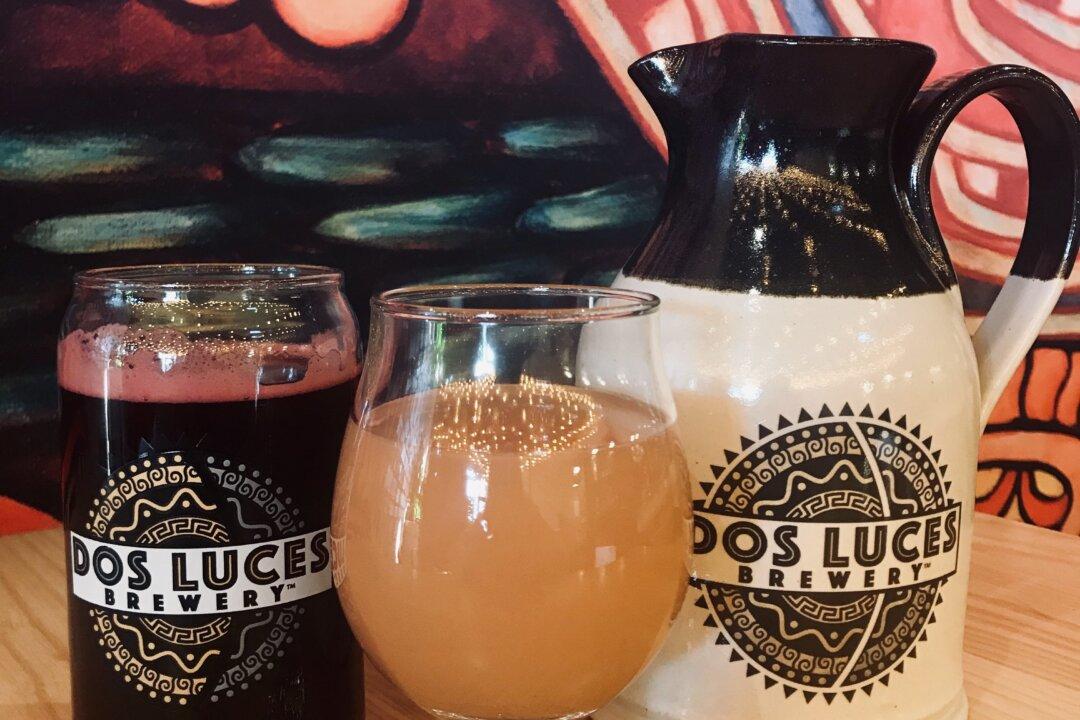These days, the definition of Americanism is being debated as rigorously in culinary circles as in any other realm of society. Are the origins of American cuisine pre-Columbian or, along with the word “America” itself, post-colonial?
What does it mean that our most iconic foods—think hamburgers, hot dogs, apple pie—have their roots overseas, or that our richest regional traditions are all reflections of the immigrant communities who settled there? Who decides what goes in the melting pot and what doesn’t?





